| Besides the three advertisements, there are several other similarities between the two magazines. First off, there is a heavy emphasis on alcohol. Both magazines display articles and advertisements depicting various beers and liquors, and even recipes on how to make a good drink. Alcohol is definitely a defining feature of what it means to be masculine. It is so important, even, that some mention of alcohol is given right on the covers. Kenneth Mullen et al., in an article regarding masculinity and alcohol, claimed, "the way in which alcohol is used provides a means for young men to assert a masculine identity, particularly through use of language and aggressive and violent behavior" (Mullen et al. 163). Alcohol is used in both magazines as a symbol of power, and is visualized as a tool that can help readers achieve an ideal state of masculinity.
|
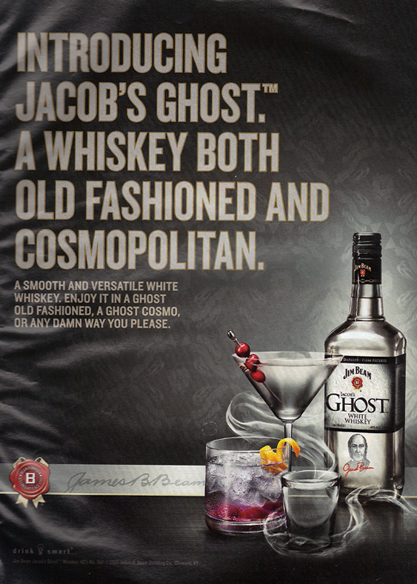 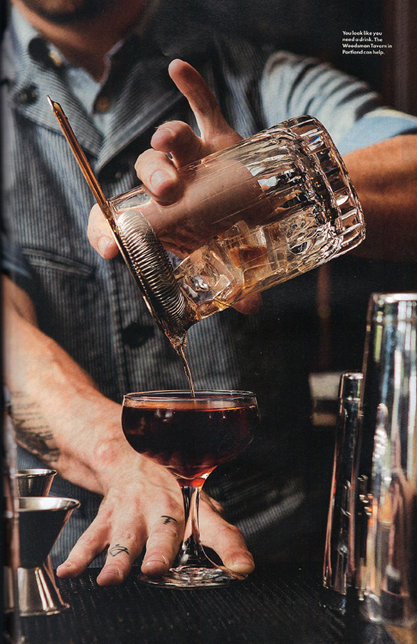 |
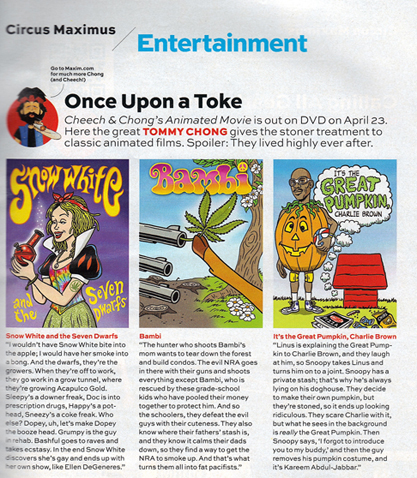 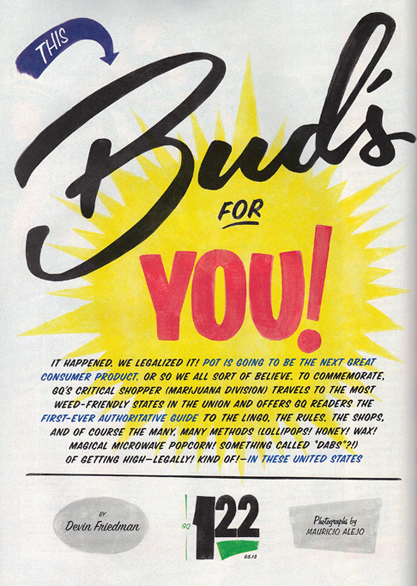 |
Another similarity consists of the ideology that marijuana, like tobacco, should be allowed within the confines of masculinity. Unlike tobacco, however, weed is given mention in articles within both magazines, with GQ even publishing an entire article about weed. Results of a study conducted by Stephen Kulis, Flavio Marsiglia, and Julie Nagoshi regarding gender roles and substance use show that aggressive males tend to abuse substances more than non-aggressive males. While they did not say which was the causal factor, it would be interesting to know if weed and alcohol abuse leads to a more aggressive male. If so, Maxim and GQ are indirectly encouraging such behavior with their promotion of alcohol and marijuana. |
| The last major similarity is the emphasis on hygiene and smelling nice. While the Ralph Lauren advertisement was the only hygiene advertisement found in both magazines, multiple other colognes, deodorants, and cleaning products can be found within the pages of Maxim and GQ. In fact, Maxim went as far as writing "The gentleman's guide to looking better and stinking less." Within this article, five hygiene problems are presented with five Maxim solutions and multiple products to help with each problem. While GQ did not write a gentleman's guide, they did offer an article and several products to help with oral hygiene. In another article by Ricciardelli, she states, "overall, bodily appearance and identity are highly intertwined" (Ricciardelli 183). Masculinity and self-appearance go hand in hand, and both magazines reinforce that ideology. In both magazines, personal hygiene is stressed, creating an ideology that masculinity should mean being able to smell nice, look nice, and ultimately take care of one's self. |
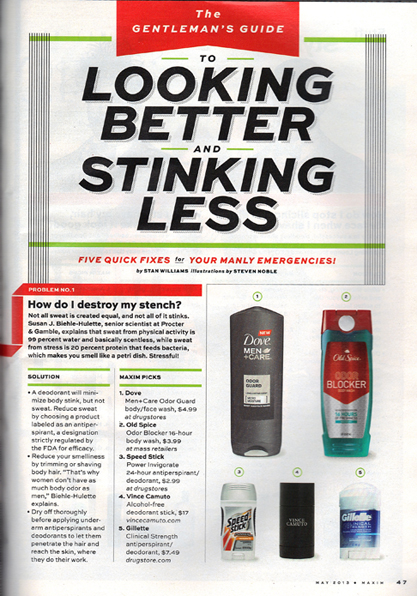 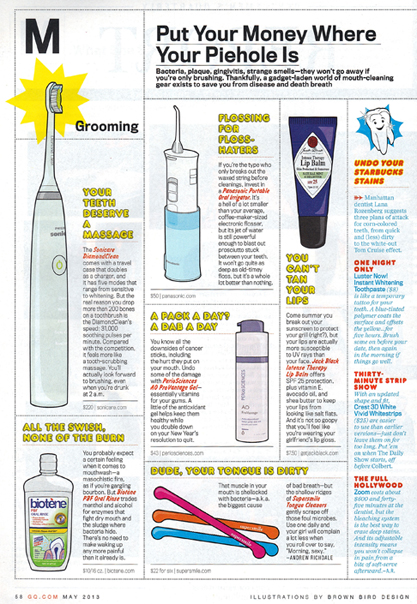 |





